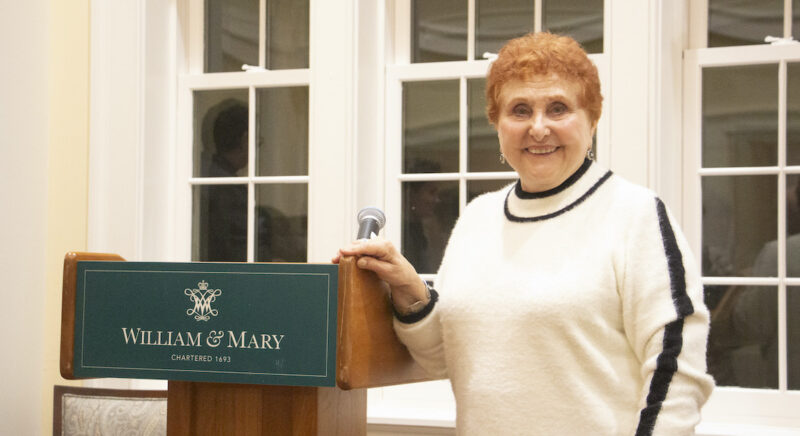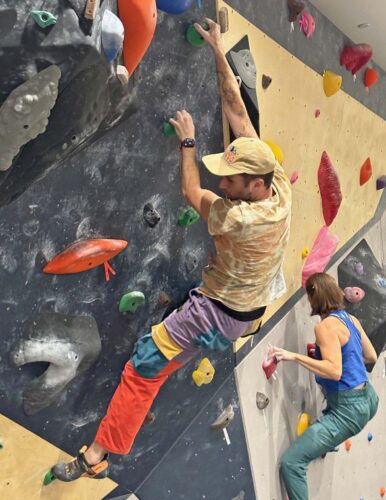MARTHA SEZ: ‘So what’s up with the crows and ravens?’
As I write this column the sun is just coming up over Spread Eagle Mountain in Keene Valley. Astronomically speaking, it is just past summer solstice time, so sunrise comes early. I am bleary still and drinking coffee. Jupiter, my 17-year-old cat, who yowled me awake somewhat before the crack of dawn in order to get his day going, is already asleep again in my still-warm bed.
Jupiter and I aren’t always on the same wavelength, but we do share an interest in local birds. As I’ve mentioned before, I have become enthralled with Cornell’s Merlin ebird app, and I still have much more to explore with it. Using its bird song/call recording feature, I can just go to Merlin Bird Identification on my cell phone, step out onto my porch and hit “Start New Recording,” and it will capture the quacks, caws, tweets, squawks, croaks, trills and melodies that any birds in the area happen to be making at the time.
The summer dawn brings a great commotion as many kinds of birds begin to wake up and make their presence known. On the cellphone screen, each is depicted and labeled; I can go to any one and hear its individual song or call isolated from the general din.
Lately the app has recorded, distinguished and listed the voices of the following: American crow, common raven, American robin, Canada goose, Philadelphia vireo, red-eyed vireo, warbling vireo, dark-eyed junco, chestnut-sided warbler, cedar waxwing, European starling, eastern phoebe, northern cardinal, chipping sparrow, song sparrow, house wren, pine warbler, yellow warbler, mourning warbler, American goldfinch, blue jay, downy woodpecker, common grackle, common yellowthroat, mourning dove, black-capped chickadee, gray catbird and — I swear this is true — yellow-bellied sapsucker. Robins, crows, catbirds, sparrows and red-eyed vireos have been by far the most constant and commonplace.
At any time of year, around 5 a.m., the crows typically set up a ruckus, calling back and forth to each other, and then fly away one by one, who knows where.
So what’s up with the crows and ravens?
In the wooded area behind the field in back of my house, where the Ausable River flows near the foot of Spread Eagle Mountain, ravens have taken up residence, or are perhaps visiting an Airbnb. I used to wonder how to tell ravens apart from crows, but now there is no question. Ravens are huge; they’re much bigger than crows. Ravens circle and swoop, screaming and croaking (not cawing). Crows also circle and swoop, screaming and cawing. Both are very loud, and they clearly don’t much care for one another.
Ben Freeman, a postdoctoral researcher at the University of British Columbia, Vancouver, and a former Cornell graduate student, went to the voluntary species comments submitted to Cornell Lab’s eBird program for data on raven/crow interactions.
“In nature, when you look at aggressive interactions between species, usually the big guys beat up on the smaller guys,” Freeman noted in an international journal, “The Auk: Ornithological Advances.” From the eBird behavioral data he calculated that in 97 percent of the chases between crows and ravens, crows were the aggressors — a much higher rate than expected, even though a raven is two to three times heavier than a crow. (There is usually no physical contact.) Crow populations may be expanding into raven territory, competing for resources. Also, ravens are known for raiding crows’ nests and eating their eggs and hatchlings, which crows are not about to put up with.
Birds may call and sing at any time, but they make the biggest commotion at sunup and sundown, just like the cowboy heroes in the old westerns. A classic trope of these shows is the lone cowboy riding off into the sunset. This looks romantic, but it doesn’t make sense. As he gallups along on his old cayuse, it will soon be pitch dark out on the plains. Far from the bunkhouse and the saloon, with no streetlights, he will be forced to bed down for the night where some early riser is bound to come across him at sunrise the next morning.
“Hey, Shane, thought you left town.”
‘I’m going, I’m going.”
Like the tumbling tumbleweed.
Birds are so often on my mind now. It’s strange to think that to me, before Merlin eBird, they were just an amorphous part of the background. As the Beatles sang, there were birds all around, but I never saw them winging.
Have a good week.
(Martha Allen, of Keene Valley, has been writing for the News since 1996.)




